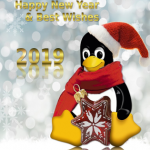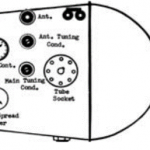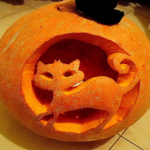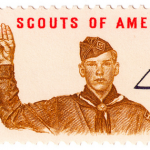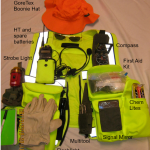VP’s Corner
As we enter the new year, I’m reminded of a quote my faculty adviser kept posted on his wall: “We are surrounded by insurmountable opportunity.” Opportunities abound at OVH for programs, projects, and people. Based on your inputs, here are some ideas for programs and projects. I’ve added a couple of threads (links) to tug on for each so you can explore them further online. (1) Amateur Radio Direction Finding (ARDF) http://www.arrl.org/direction-finding http://www.homingin.com/ (2) Automatic Position Reporting System (APRS) http://www.arrl.org/aprs-mode (3) Digital Modes http://wb8nut.com/digital/ (4) Morse Code http://www.arrl.org/learning-morse-code Jeff, K9VEG, has established a weekly CW net for those interested in polishing their skills. See the OVH reflector for details. (5) 6 and 10 meter FM and Digital Anyone interested in exploring the acres of unused RF spectrum there for mobile,portable, … Read more >>
